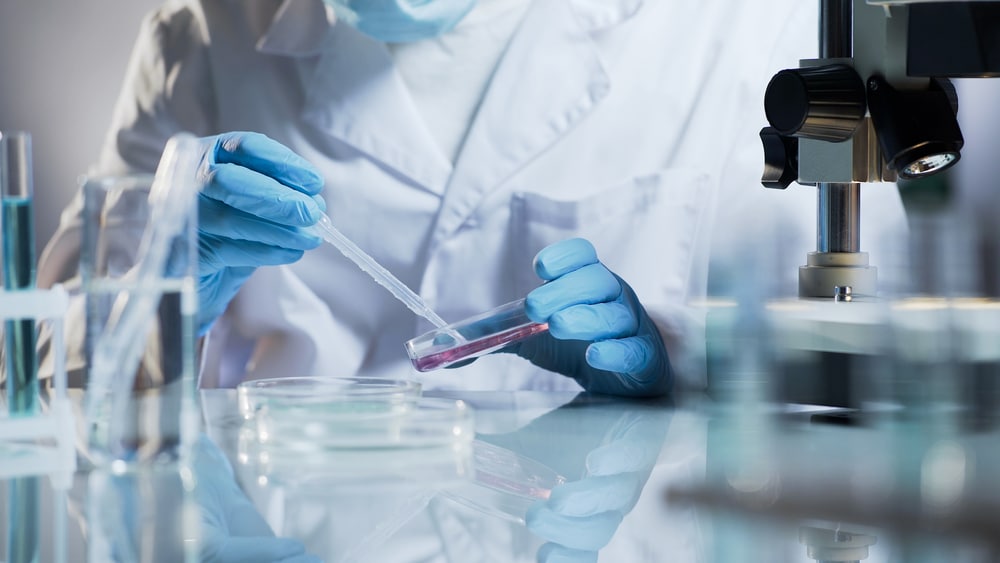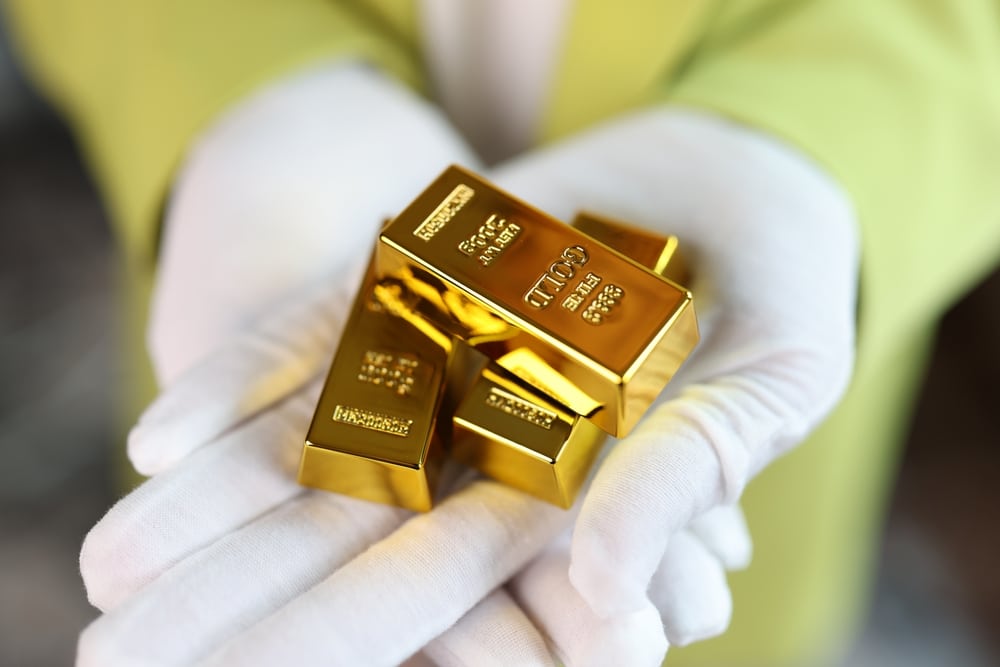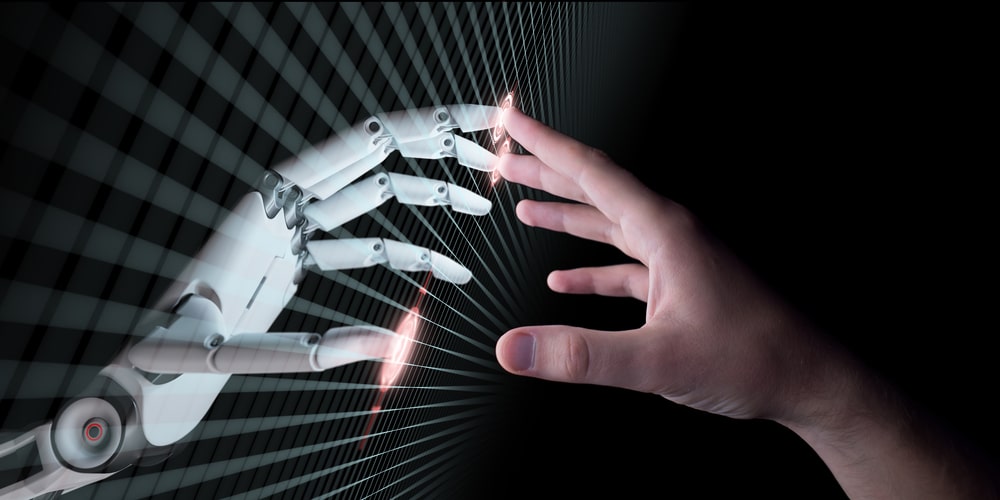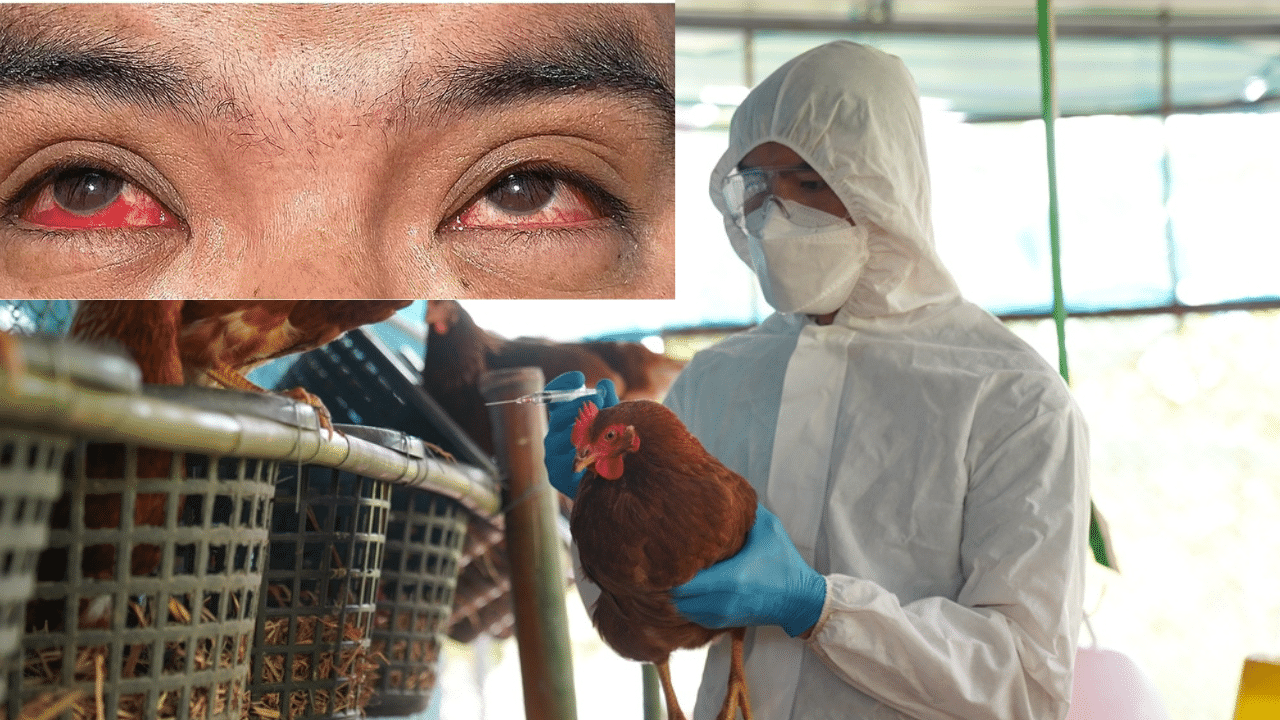Scientists have grown an entity that closely resembles an early human embryo, without using sperm, eggs or a womb. The Weizmann Institute team says their “embryo model”, made using stem cells, looks like a textbook example of a real 14-day-old embryo.
It even released hormones that turned a pregnancy test positive in the lab. The ambition for embryo models is to provide an ethical way of understanding the earliest moments of our lives.
The first weeks after a sperm fertilizes an egg is a period of dramatic change – from a collection of indistinct cells to something that eventually becomes recognizable on a baby scan.
This crucial time is a major source of miscarriage and birth defects but is poorly understood. “It’s a black box and that’s not a cliche – our knowledge is very limited,” Prof Jacob Hanna, from the Weizmann Institute of Science, tells me.
Embryo research is legally, ethically, and technically fraught. But there is now a rapidly developing field mimicking natural embryo development.
This research, published in the journal Nature, is described by the Israeli team as the first “complete” embryo model for mimicking all the key structures that emerge in the early embryo.
“This is really a textbook image of a human day-14 embryo,” Prof Hanna says, which “hasn’t been done before”. Instead of a sperm and egg, the starting material was naive stem cells which were reprogrammed to gain the potential to become any type of tissue in the body. Chemicals were then used to coax these stem cells into becoming four types of cells found in the earliest stages of the human embryo:
epiblast cells, which become the embryo proper (or foetus)
trophoblast cells, which become the placenta
hypoblast cells, which become the supportive yolk sac
extraembryonic mesoderm cells
A total of 120 of these cells were mixed in a precise ratio – and then, the scientists step back and watch.
About 1% of the mixture began the journey of spontaneously assembling themselves into a structure that resembles, but is not identical to, a human embryo.
“I give great credit to the cells – you have to bring the right mix and have the right environment and it just takes off,” Prof Hanna says. “That’s an amazing phenomenon.”


















